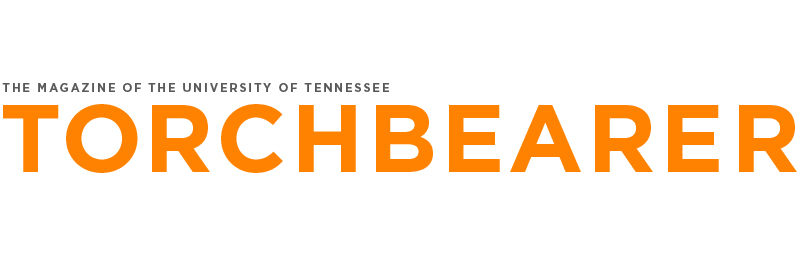What began as Blount College centuries ago is now Tennessee’s flagship university and premier public research institution, and Volunteers have been lighting the way for others, in Tennessee and throughout the world, for 225 years. Today, UT educates more students, conducts more groundbreaking research, and receives more support from stakeholders than at any other time in its history.
Fall 2019
-
It’s hard to imagine what Blount College’s first scholars in 1794 would say about the university’s current research efforts in areas like artificial intelligence, driverless cars, advanced materials manufacturing, and …
-
Curious about how and when our traditions began? We’ve got you covered with this extensive (but not exhaustive) timeline.
-
A timeline of integration at the University of Tennessee.
-
Volunteers have always worked to make the world a better place—it’s what we do. Read about a few of our alumni, faculty, staff, and friends who have helped to light …
-
On January 4, 1961, Theotis Robinson Jr. arrived on campus as an undergraduate student. It was his application and subsequent meetings with UT administrators, including President Andy Holt, that led …
-
As a land-grant university, UT has always been committed to creating opportunities for more Tennesseans to receive an affordable high-quality education, and the funding of scholarships is one of the …
-
From our roads to our schools and hospitals, you don’t have to look far to see the positive impact the University of Tennessee is making in all 95 counties of …
-
A UT scientist is researching how virus-infected bacteria could help in the fight against climate change.
-
Ask what it means to be a Vol, and chances are you’ll hear a lot about serving others. Service is one of the strongest elements of our shared identity—it’s literally …
